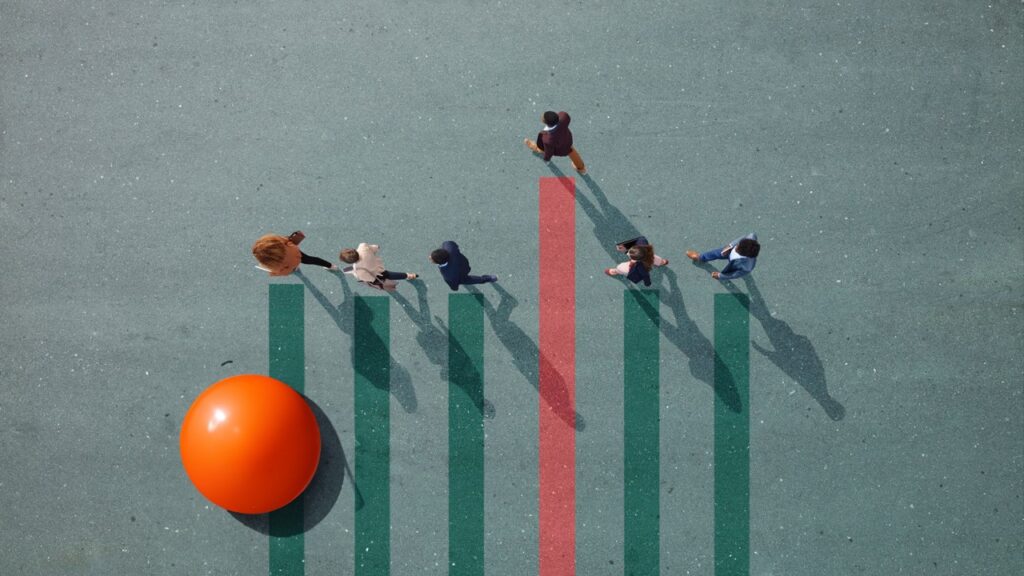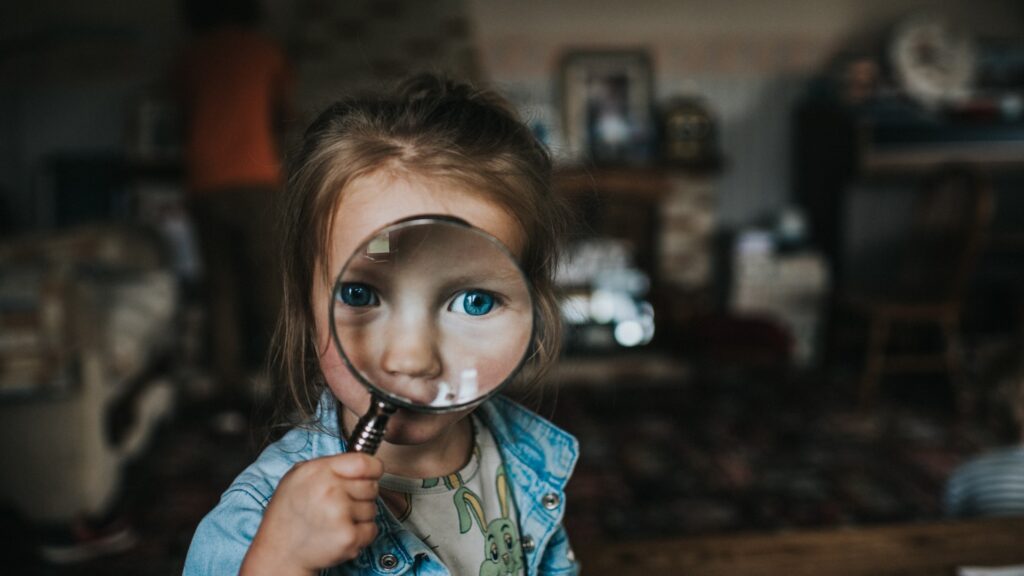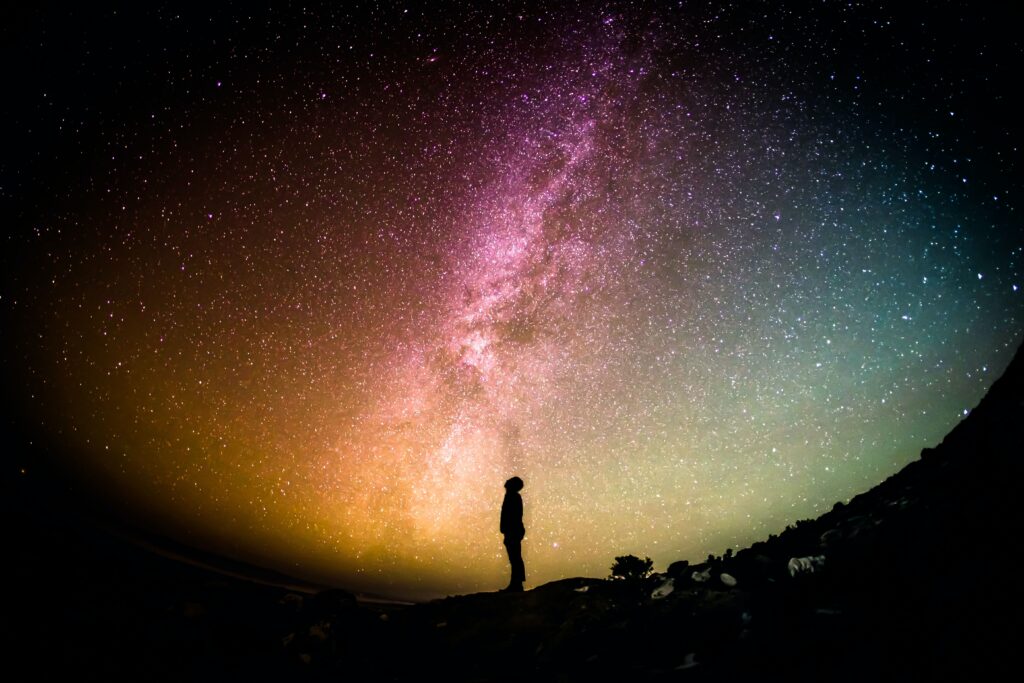What this new age of anxiety means for media and advertising

By Rachel D’Cunha, Strategy Partner
It’s been over 75 years since W.H. Auden published the ‘Age of Anxiety’. He was writing during a period in the aftermath of WWII when the world was expected to pick itself up and get back to normal after nearly tearing itself apart. People felt they had little power or control to improve their own lot, and sadly it’s a concept and feeling that’s all too familiar for our current day and age.
The pandemic, climate emergencies, international conflicts, unpredictable tragedies like the Turkey/Syria earthquake and, closer to home, the cost of living crisis are all making everyday life feel a little harder to bear. Add in the rise of technology, the always-on 24/7 news cycle and social media, and you can understand how a bombardment of information is fuelling a rise in anxiety. Research by The British Journal of Psychiatry shows anxiety has trebled among young people over the past 20 years.
Yet just as in 1947, there’s hope for those who look for it. This too shall pass. And there are things we can all do to lighten the anxiety load. History shows us that popular culture and the arts often flourish in times like these, as the human condition craves escapism and self-expression. Borrowing from the cues of popular entertainment, advertisers can deliver small moments of lightness, connection and hope, add value to people’s lives, and drive their own growth at the same time.
Of course, it’s tricky for advertisers to know how to operate and get it right in times like these. Trying to be ‘funny’ feels like a big risk. Wavemaker’s recent cost of living research showed that, when asked outright, only 12% of people said they wanted brands to use humour and 8% to ‘create content to lighten the mood’. But in contrast, the evidence shows that people are gravitating to the light, and the light-hearted, in these dark times. Love Island and last year’s season of Strictly enjoyed boosted viewer numbers for a reason – people want to shut out reality for a while.
It’s understandable why advertisers don’t want to be seen to trivialise the nation’s collective feelings of malaise and powerlessness, but joining in the chorus of doom isn’t the answer either.
To use forgettable platitudes of ‘we’re all in this together’ or ‘we know it’s tough right now’ will see advertisers lost in the noise. Think back to the early Covid-19 ads and the sea of sameness consumers had to endure then.
Advertising is the close cousin of art, entertainment and popular culture, and brands should look to provide these moments of escapism in the same way. Advertising shouldn’t just be a mirror to society – it should be a window too. A means for people to lift their gaze and look out to brighter skies on the horizon.
Brands can play a role in lifting a nation’s spirits. During a state of permacrisis brands must connect with audiences to support and provide valuable escapism.
So I believe brands can play a role in lifting a nation’s spirits. It is not frivolous to have fun; it’s a critical part of our survival. Some of the most successful campaigns in recent years have done just that. Think back to the 2008 financial crash; there was a surge of creativity through campaigns with humour. T-Mobile’s flash mob dance at Liverpool Street Station was, from my perspective, at least, pure unfiltered joy. During the most depressing time of the year (January), in the most mundane setting (the daily commute), they brought hundreds of people together to dance like they always knew they could (!) in sync, in harmony and in joy. Cadbury’s Eyebrows did something similar, using total ridiculousness to make us smile and cut through the gloom.
Early in the pandemic, Budweiser brought back their iconic ‘Wassup’ but in a new, quarantine-related remake. The long running Snickers ‘you’re not you when you’re hungry’ campaign has won over 47 Lions across six countries in the last decade. It’s proved a versatile creative framework for Snickers – and consumers – to have a lot of fun. These campaigns demonstrate humour can be an effective strategy for growth, even in the toughest of times.
So our advice to brands? Don’t be afraid to bring escapism into the darker times. Lightness of touch and gentle humour can help build strong positive associations with your brand. Secondly, look for mass moments of shared humanity. Saturday night TV, or live sport, puts your brand into ‘togetherness moments’ and the little bursts of joy we still have. Finally, think about how your brand can empower consumers in small, positive ways. Self-expression can be achieved through personalised and creativity-fuelled brand moments. Hope is optimism plus a sense of agency, so how can you give people that agency through interaction with your brand?
Away from his ‘Age of Anxiety’, Auden is also (possibly falsely) attributed with the quote, “We are all here on earth to help others; what on earth the others are here for I don’t know.” Make sure you’re a brand here to help lift others up, and growth will surely follow.
Article originally published in Creativebrief.











